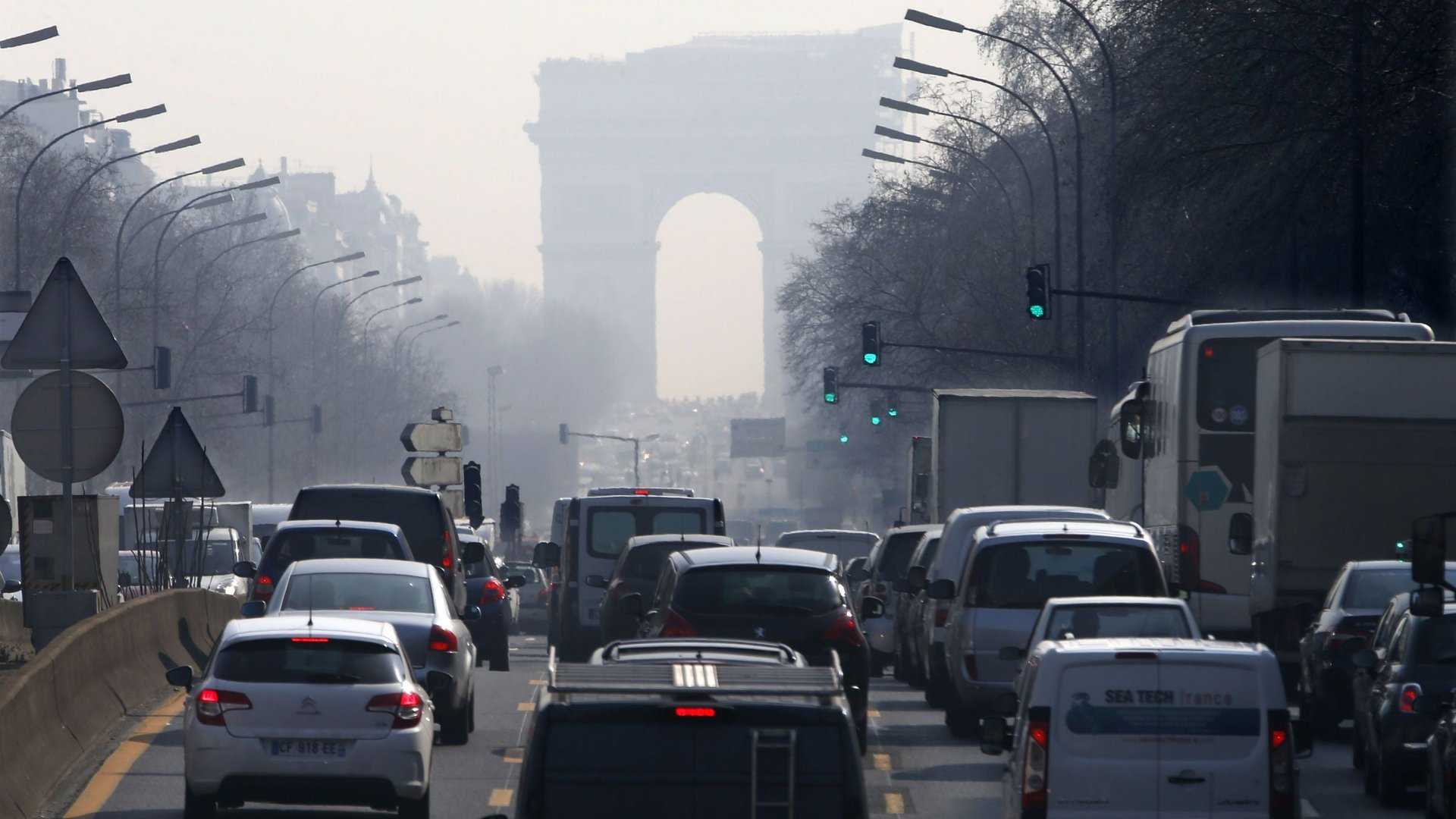Attention all Tesla owners: you’re still hurting the environment
With the promise that Tesla’s Model S will “liberate its owners from the petroleum-burning paradigm,” this electric car is an example of just how far technological innovation could take us towards achieving carbon emissions reduction targets and reducing consumption of fossil fuels.


With the promise that Tesla’s Model S will “liberate its owners from the petroleum-burning paradigm,” this electric car is an example of just how far technological innovation could take us towards achieving carbon emissions reduction targets and reducing consumption of fossil fuels.
The technology is certainly impressive but it is concerning to see innovation of this kind being held up as the holy grail of a more sustainable future—especially if it comes at the expense of pursuing other ways to solve the problem.
One reason why the Model S has caused such excitement is its matching of conventional cars in performance, design and desirability. Many of the previous shortfalls of electric vehicles, such as acceleration, driving range and battery life have been addressed. The UK government’s target of “almost” every van and car being emission free by 2050 is starting to look more reasonable and the hype is alluring: technology has resolved the problem and life can carry on as normal.
It’s worth reminding ourselves that although the Model S produces zero emissions, electric cars use electricity and this has to be generated somehow. As a recent OECD report points out, electric cars displace their emissions to the energy generation sector, rather than remove them entirely. In this sense, zero emission vehicles would only arrive with an entirely de-carbonized electricity supply—which is hard to imagine.
Even the Treasury’s 2008 King review of low carbon cars, whose key recommendations underpin UK electric vehicle policy, recognized the extent of progress that was required if low-carbon electricity generation was to meet the 80% carbon emissions reduction target.
In environmental terms, electric vehicles are an answer to the wrong question. For the past decade or so, national policy has framed the problem of private car use and the environment in increasingly narrow terms.
In the early 1990s, sustainable transport policy was concerned with a broad set of issues. These included road congestion, the loss of countryside and the disturbance of rural and semi-rural areas due to road building or the reallocation of land for parking.
Now the problem is debated only in terms of emissions targets. National policy in relation to all forms of transport is heavily focused on vehicle technology to the detriment of other possibilities. These policies actually reinforce current patterns of consumption, tying us to a future in which the use of private cars continues to dominate and increase. This is reflected in the substantial road building programme which comes part and parcel with low-emissions vehicle policy.
Rather than relying on ambitious technological development to provide sustainable transport in the future we might instead invest more in developing ways to challenge the car as the dominant means of getting around, and reducing the car dependence that permeates so many aspects of our everyday lives.
This is not uncharted territory, and there are several places we might turn for inspiration. One example from the mid-1990s is the government’s own planning guidance notes that were explicitly aimed at halting steadily increasing car use. The notes to local authority planners proposed various measures: requiring new developments to be accessible via a range of modes of transport, locating traffic-generating activities such as places of employment so they are highly accessible by public transport, and by making driving more difficult, for example from parking restrictions, limited parking bays and pedestrianisation of roads.
But as guidance and not legislation, local authorities were left in an invidious position. If they applied the guidance then they risked developers passing over them in favour of neighbouring areas. The alternative was to give the green light to projects that further embed car use. And this kind of planning only creates the conditions for less car use; it doesn’t guarantee it—but at least the policy ambition was there.
There is some potential for optimism when it comes to contemporary policy though. Some recent Department for Transport documents set out ambitious goals which break from the status quo. These include the door-to-door strategy, which aims to encourage alternatives to private cars for trips of any length (not just those under five miles), and reducing the need to travel through telecommuting and flexible working.
Though less immediately measurable than a car that produces zero emissions, I’d suggest these ambitions for social change hold just as much promise as technology—and more. Our trust in techno-fix solutions, though misguided, illustrates that we have vision. Let’s use this to address some more relevant questions.